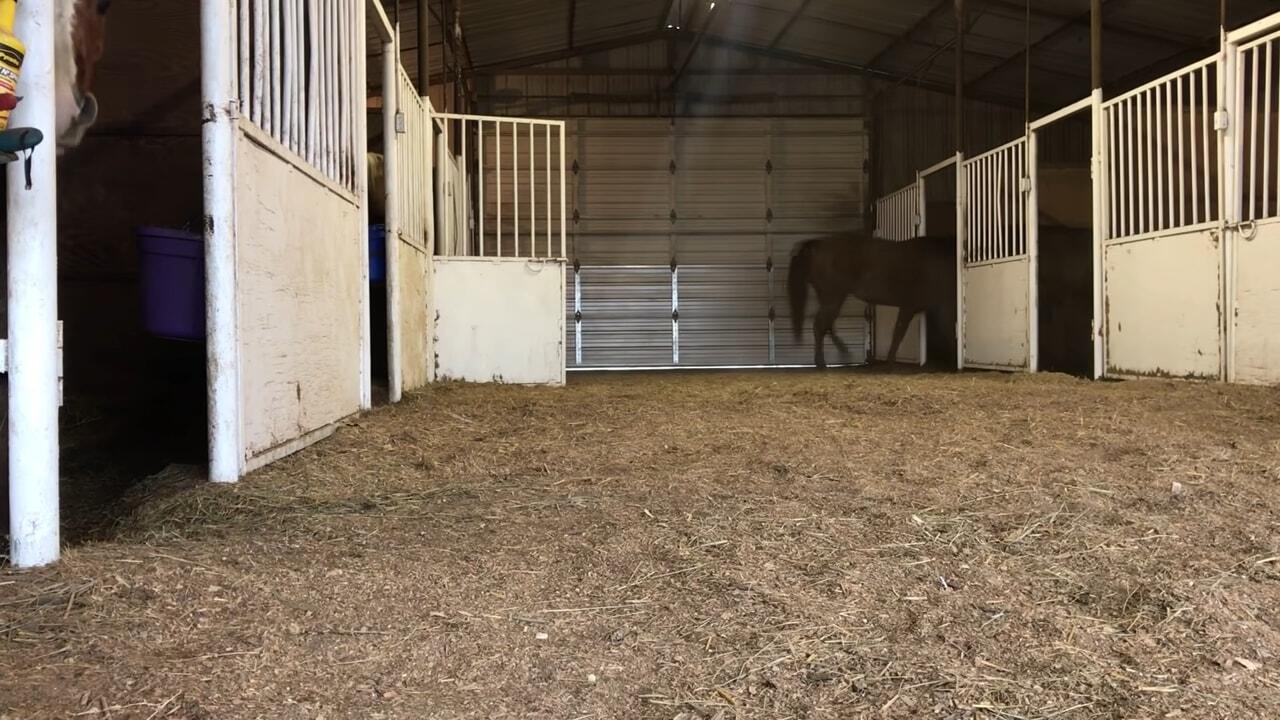Amazing! Horses run into the barn and know their own stalls
Do Horses Need Their Own Separate Stalls? Short Answer: In traditionally built barns, Yes. Whether a horse needs its own stall depends on the horse and the particular stall. If your barn has standard 12×12 or even 12×16 foot stalls, then they are too small for average-sized horses to be paired up together.

But the horses from our video do have their stalls and they even recognize which one is their own. Stalls are a wonderful way to keep horses. They can still enjoy each other’s company, without the risk of kicks, bites, and other tangles with fences or shelters.

Although it’s preferable to allow your horse to spend as much time as possible roaming freely around a field or paddock, there may be occasions when he needs to be confined to his stable. Most horses do spend some of their day or all of the night in a stable. That’s not necessarily a bad thing. If you live in a region where the winter climate is exceptionally cold, and the ground freezes solid at night, your horse may be more comfortable in his stable during the night.

Similarly, if you live in an area that has exceptionally hot summers, you may prefer to turn your horse out overnight when the air is cooler, and there are fewer flies around to bother him.
If your horse does need to spend time in his stable, you must ensure that his environment is comfortable and hygienic. Keep the stable fresh by skipping out droppings and removing wet bedding several times during the day. Wet bedding underfoot can cause thrush, and the ammonia fumes from the horse’s urine can irritate his lungs and upper airway.

Poorly ventilated stables that are full of circulating dust and mold can cause COPD and other respiratory problems. So, you must ensure that the stables get plenty of fresh air, either via open vents or by using an air-conditioning system.
And dirty stables attract flies, which can be incredibly irritating to a horse that’s kept inside. So keep bedding fresh and hang sticky flypapers (out of reach of the horse!) to keep the insect population under control.
